If you’ve seen any of the fast-fashion documentaries on TV lately, you might be wondering if and how you’ve contributed to the problem. Global textile waste is a growing concern. As the Copenhagen Fashion Summit reported, out of the 100 billion garments produced annually, 92 million tons end up in landfills. Reusing clothes and buying secondhand can help.
Fortunately, thrifting is in. According to ThredUp, the resale market will be a $350 billion industry by 2028. Plus, there’s a growing group on social media dedicated to thrifting tips and tricks, so if you’re interested in changing up your lifestyle, that’s a great place to start. First, though, we have a basic rundown of what stylists recommend you thrift instead of buying new. We tapped Rebekah Roy, a stylist and sustainable fashion expert, to break it down.
What You Should Thrift
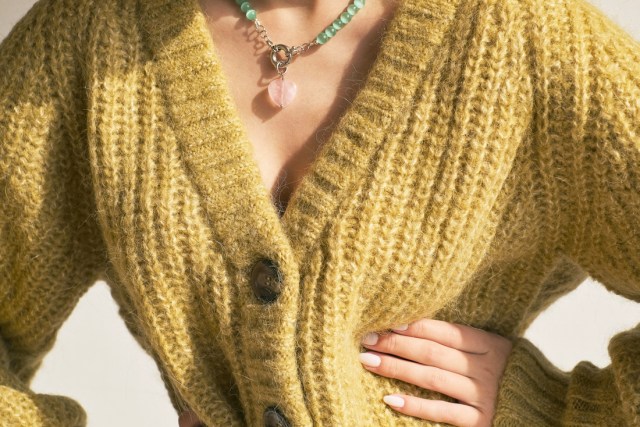
1. Luxury or Designer Items
Since luxury items are typically made at a higher-quality standard, they last for years, Roy says. These brands also often stay away from passing trends and create items that are more timeless.
“Think of the Burberry trench: It’s a classic. The brand has been around for about 168 years,” Roy explains. “A Ganni summer dress will always look beautiful; florals for spring are always in style. If your look is more preppy, it’s worth searching for a Ralph Lauren polo [shirt], beautiful knitwear, or a classic sweatshirt.” These are all likely to hold up well second- or even thirdhand.
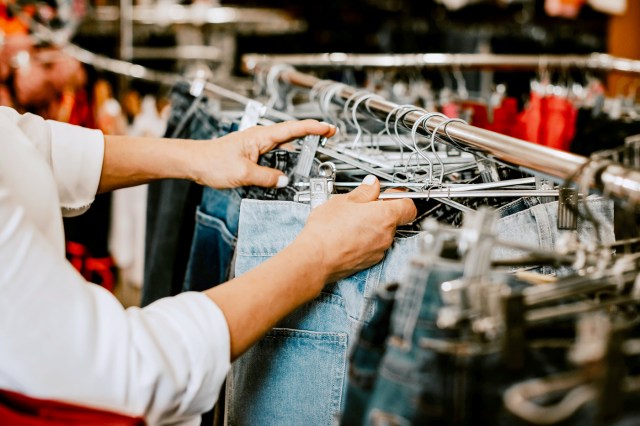
2. Jeans
Denim can be a bit tricky because all jeans fit so differently, and some thrift stores don’t have fitting rooms. But it’s worth the effort because denim gets better as it’s worn in. Plus, classic denim (straight leg, bootcut, and medium-rise cuts) never go out of style. Roy says it’s helpful to understand your measurements and even carry a tape measure with you as you’re thrifting. “Know your basics,” she says, “[such as] your waist, your bust size, your hips, and your leg length. This can save you from being disappointed and doing endless returns.”
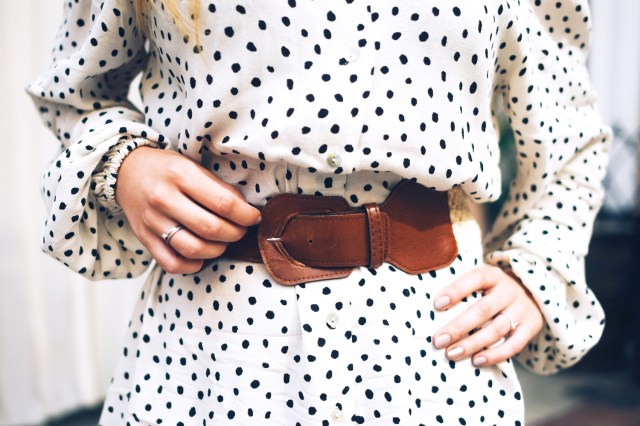
3. Belts
Small leather accessories such as belts are great to buy thrifted because they generally don’t experience as much wear and tear as other leather items, such as handbags and shoes. Scour your local thrift store to see if you can score a used belt and shave down your carbon footprint just a little.
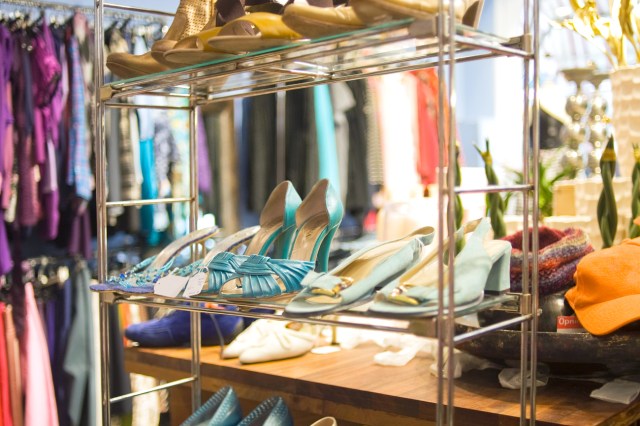
4. Shoes (Usually)
While sometimes shoes can become too used for resale, many thrift stores stock footwear that looks like it’s barely been walked in. “We can be hesitant to buy shoes that someone else has worn, [as] no one wants smelly shoes or to get fungal growth,” Roy says. “But it's easy to disinfect and clean shoes by applying disinfectant antibacterial spray or baking soda and vinegar.”
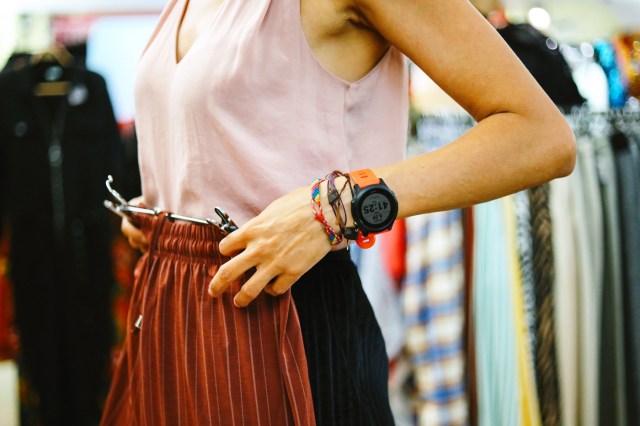
5. Skirts
Skirts are having a major moment right now — especially longer, flowy skirts from the early 2000s. Thrifting a more formal skirt can also be a great idea since it likely wasn’t used very often by its original owner, and may have been worn just for special occasions.
Items You Should Buy New
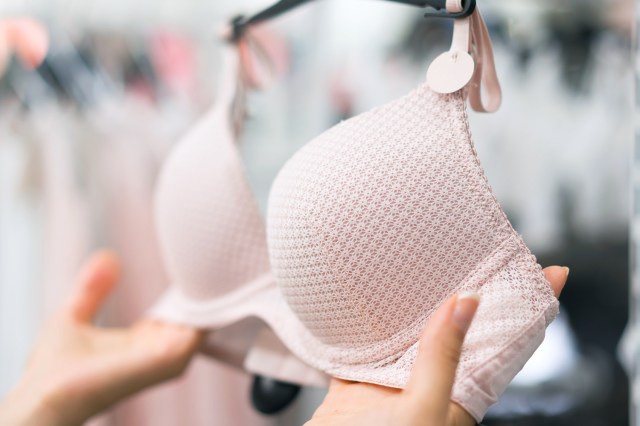
1. Bras
Sure, some bras might be gently used and seem safe, but this is more about sizing. “We need to have a bra fitting every six months to a year,” Roy says. “Our bodies are constantly changing, so it’s worth going into the store and booking a bra fitting. Wearing the right bra is going to change how your clothes sit on your body, and the right bra can make you feel more comfortable.” This will often be a new one recommended by the bra expert. Bras can also lose their shape or be stretched out, so even if the tag says it’s your size, it could be a poor fit.
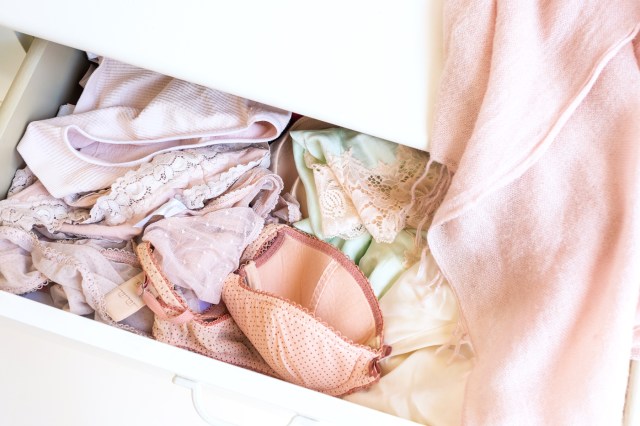
2. Underwear
This might seem like a no-brainer, but you never know where someone else’s underwear has been. “Although I’ve thrifted every type of clothes, I always buy new underwear,” Roy says. That said, there are some exceptions. Many thrift shops stock not only secondhand but also overstock from stores including Target. If a pair of undies is new with tags, give it a good wash in the laundry and it should be fine.
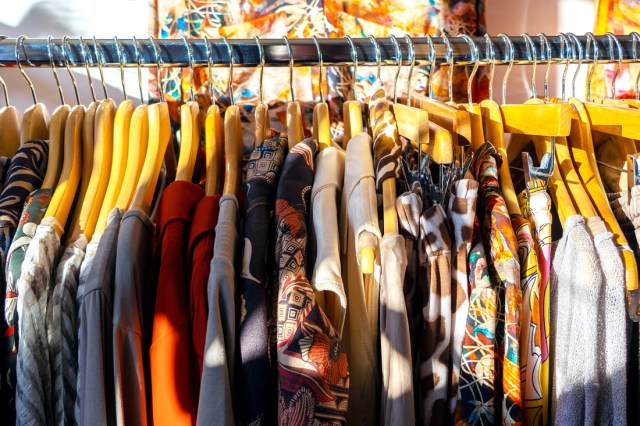
3. Innovative Fabrics
New types of fabric formulations — often sustainable ones — are hitting the market, and it might be hard to find some of these secondhand, Roy says. “We are seeing so many new fabrics like cactus, grape, apple and Mylo,” she explains. “It’s often very difficult to find these fabrics thrifted, so if you’re going to buy something new, invest in innovative fabrics and items that are made with recycled fabrics.”
This article is for general informational purposes only.
Affiliate Disclaimer Medical Disclaimer



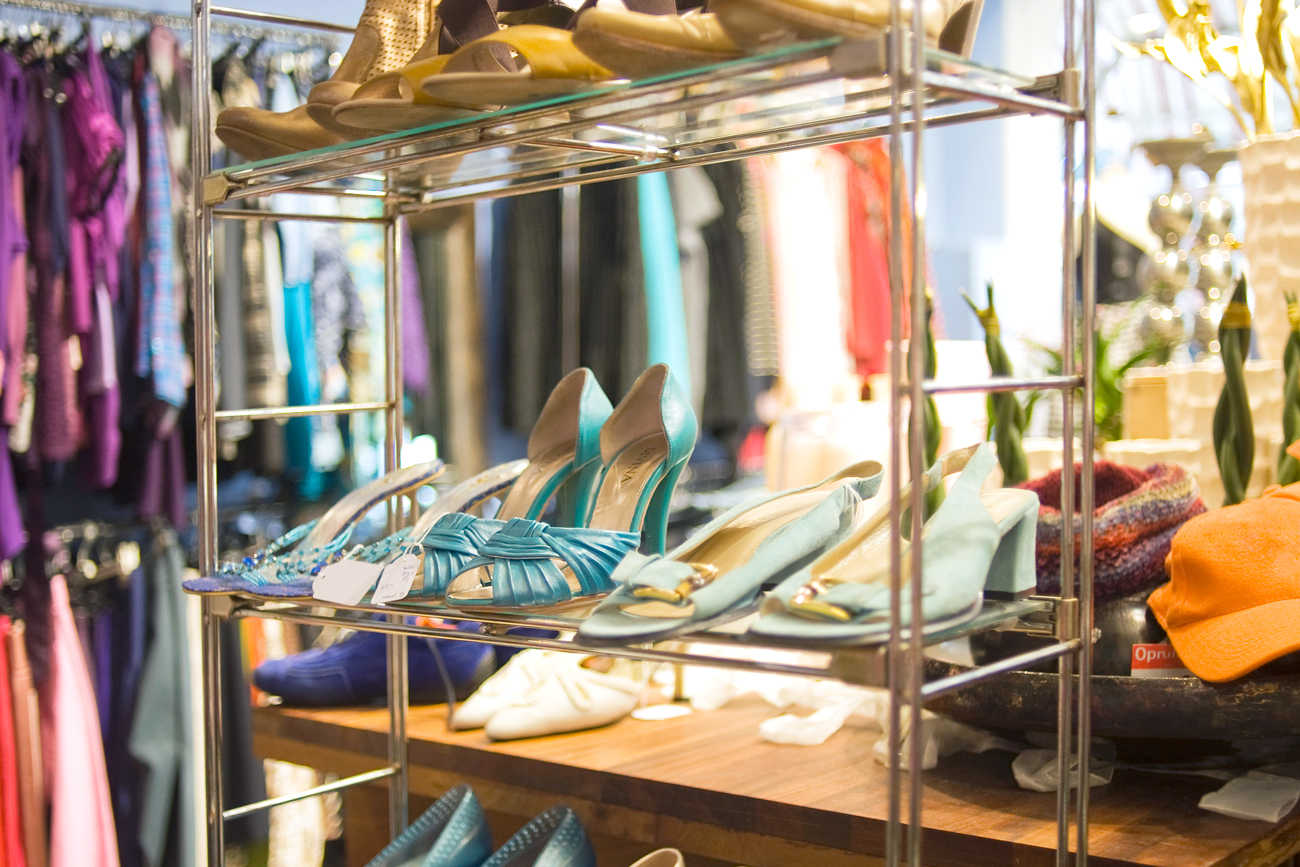

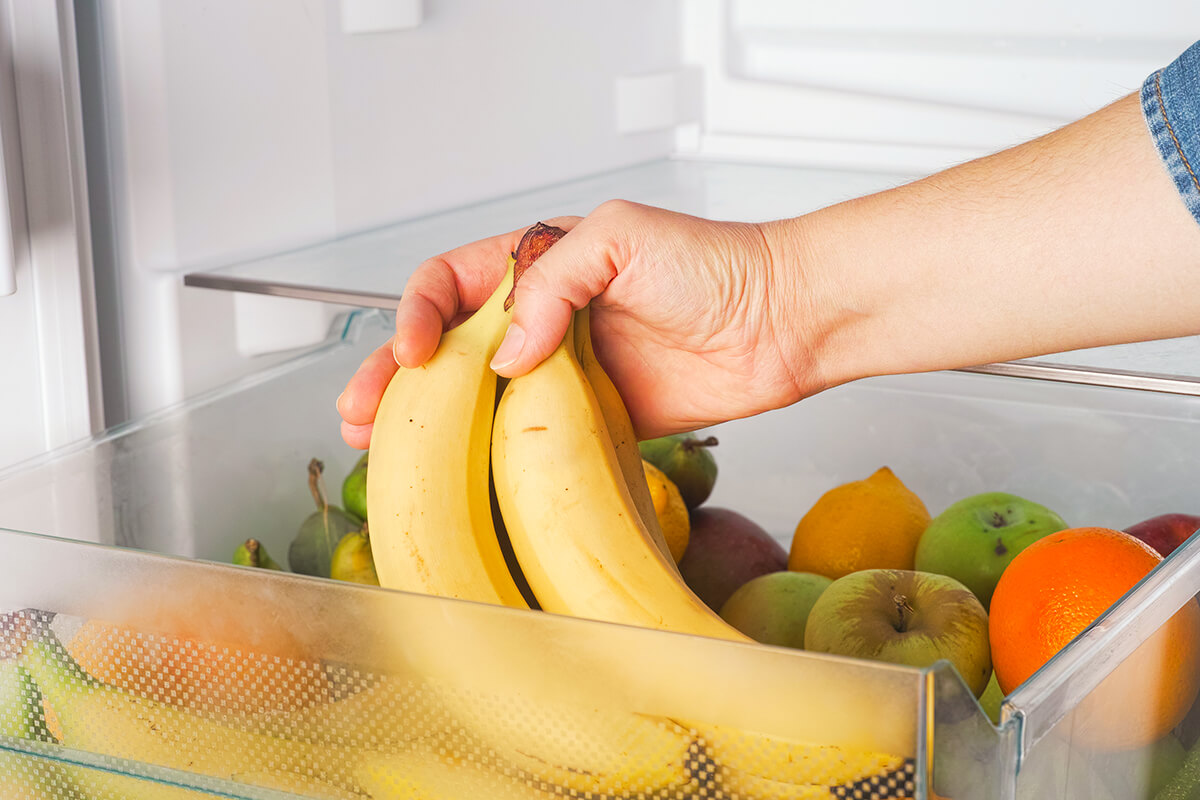
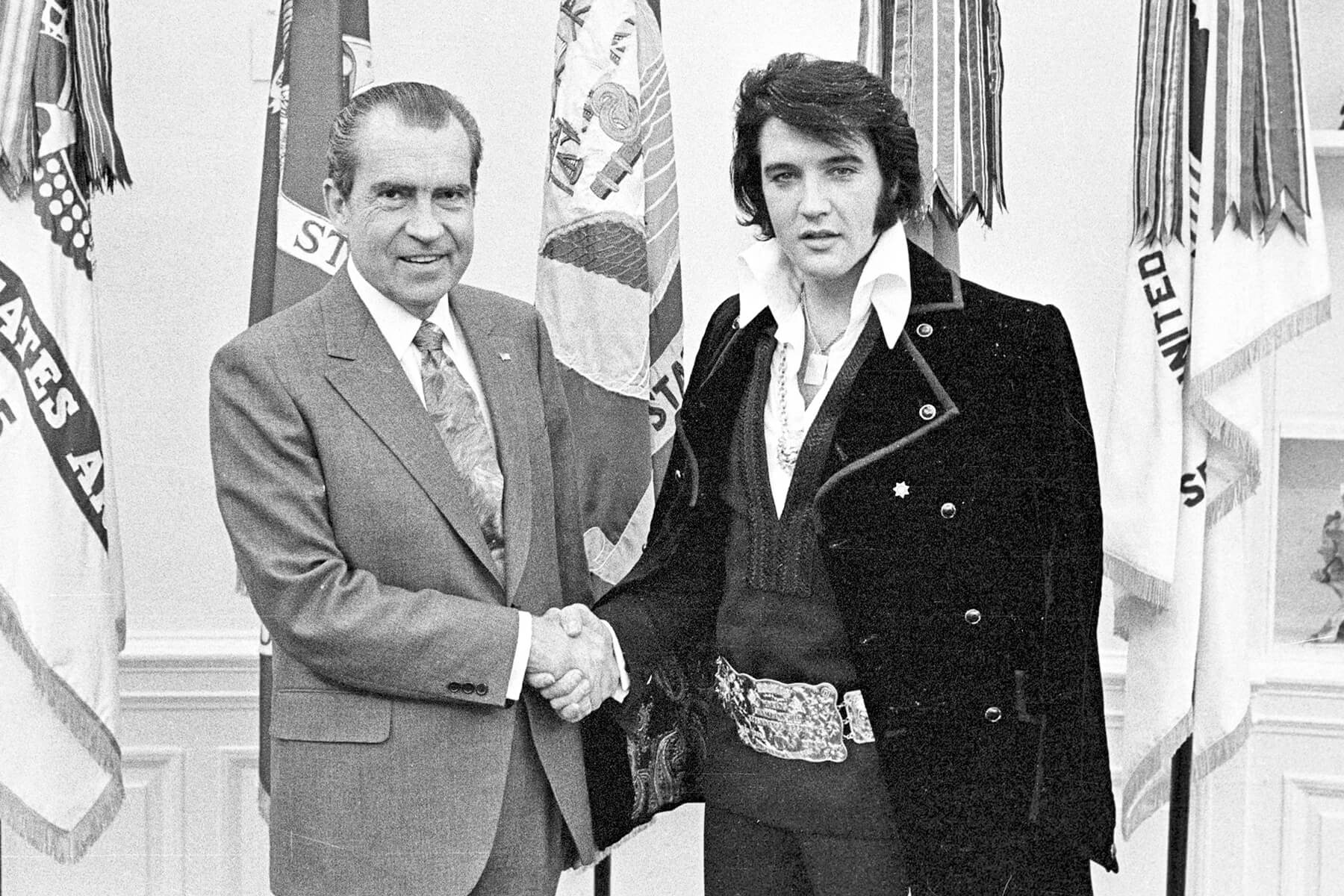
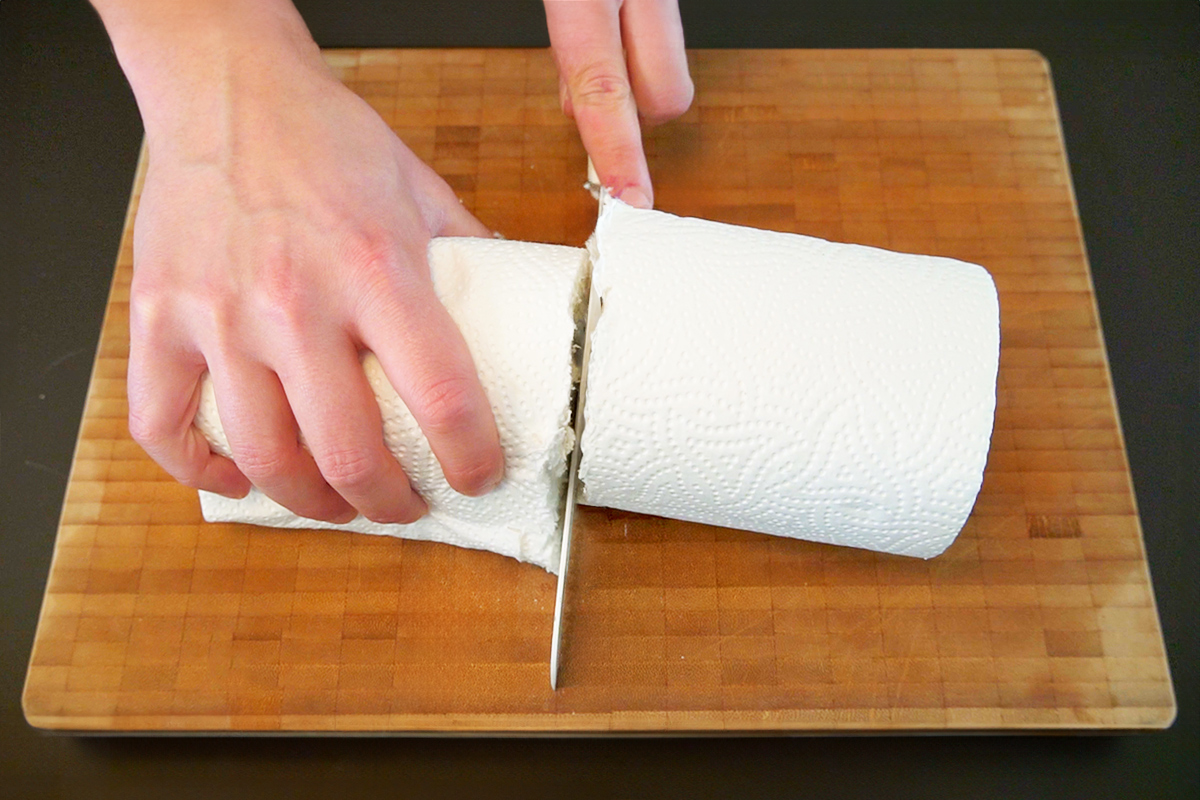

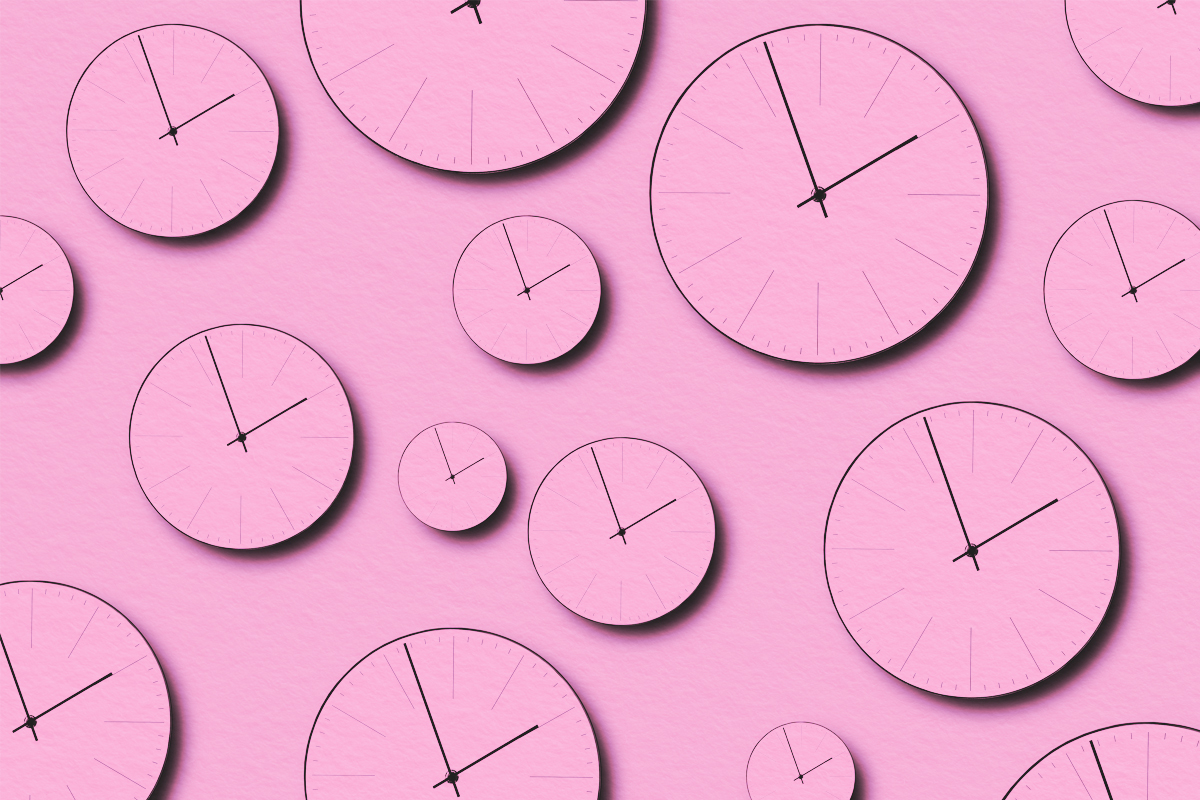
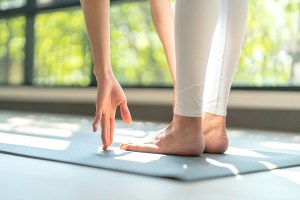
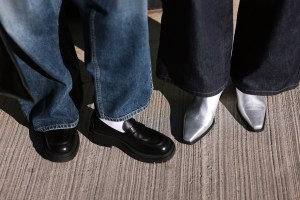
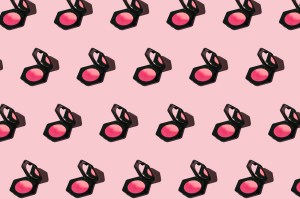
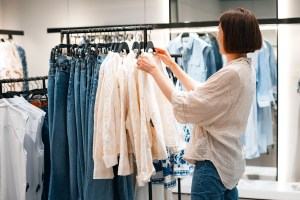


 Unique Beauty is free for all users.
Unique Beauty is free for all users.